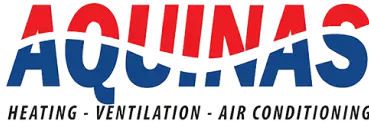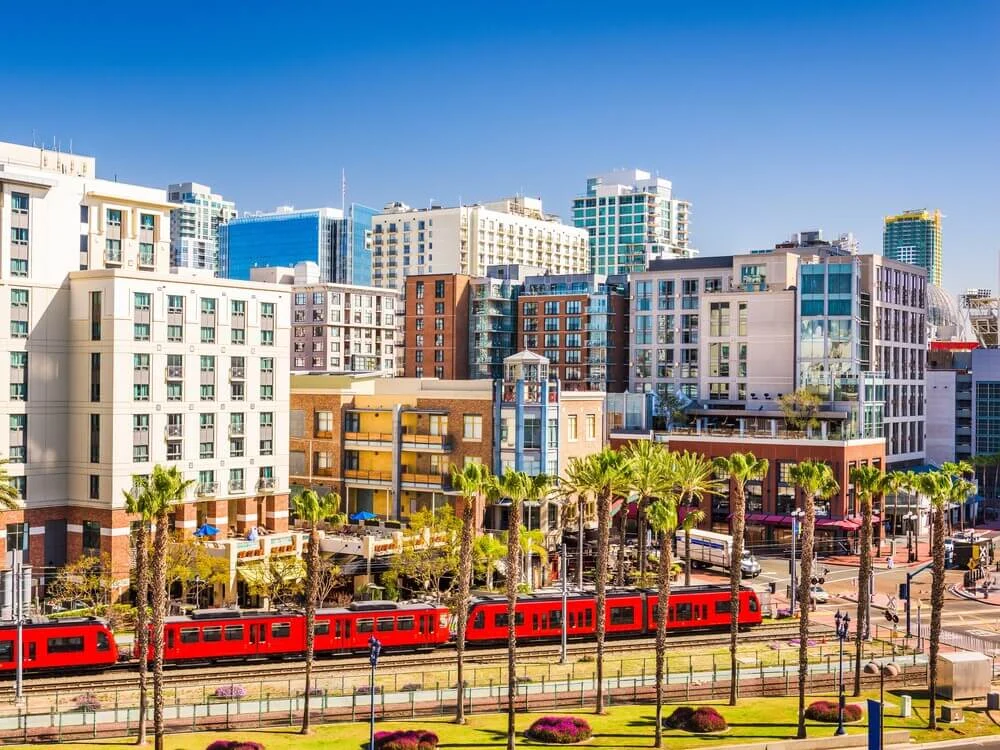The Important Role of HVAC in California Commercial Building Conversions
Across California, the conversation about solving the housing shortage has shifted from building entirely new communities to reimagining the spaces we already have. Adaptive reuse — converting offices, retail centers, and warehouses into residential housing — is becoming a practical way to expand supply while making better use of underutilized commercial real estate.
As of mid-2025, a record-breaking number of apartments are slated for creation through these conversions. In fact, real estate analytics firm RentCafe reported earlier this year that 70,700 apartment units are projected to be delivered from office-to-apartment conversions nationwide in 2025 alone. You can find more details on this trend in the RentCafe report on office-to-apartment conversions and a related article from CRE Daily.
Conversions from offices to apartments, retail to mixed-use residential, and even warehouses to multi-family developments are no longer viewed as quick fixes. Instead, they are increasingly recognized as part of the long-term toolkit for addressing California’s housing needs.
This shift doesn’t surprise those who live in the commercial and multi-family world. Buildings are designed with a purpose in mind, and when that purpose changes, so must the infrastructure. Among all systems, HVAC is often the most complex and least adaptable, making it the focal point of many conversion efforts.
Why HVAC Defines the Conversion Challenge
Anyone in development or property management knows that HVAC isn’t just another line item — it’s the backbone of building performance. In conversions, this becomes even more pronounced.
Load and Space Realities
Commercial systems are designed for open areas and dense occupancy, while apartments demand smaller, individualized comfort zones. Systems sized for an office floorplate rarely serve tenants expecting one thermostat per unit.
Ventilation Reimagined
Office air strategies emphasize volume and circulation. Residential ventilation is personal — moisture from showers, odors from kitchens, and daily comfort expectations. Title 24 in California ensures these factors aren’t optional, but mandatory.
Equipment That Doesn’t Translate
Rooftop units (RTUs) and large packaged systems serve commercial tenants well, but they don’t belong in a residential tower where noise, zoning, and efficiency all matter differently.
Control and Comfort
Centralized thermostats may suffice for employees, but not for tenants. Conversions shine a spotlight on the need for HVAC zoning and individualized metering — requirements that align more closely with the multi-family HVAC expertise Aquinas brings to other property types.
The Long-Term Role of Conversions
While conversions are still a small percentage of California’s housing pipeline, their significance lies in the future.
- They provide a way to reuse existing structures instead of demolishing and starting over.
- They offer a sustainable approach by reducing construction waste and embodied carbon.
- They help cities revitalize underutilized areas, turning empty offices or fading retail into vibrant communities.
For HVAC, the takeaway is clear: conversions force us to confront the mismatch between systems and new uses. But that lesson extends beyond adaptive reuse. It reinforces why commercial and multi-family HVAC expertise will remain essential across California’s evolving property landscape.
California’s Climate and Code Landscape
The complexity doesn’t end with building type. California’s Title 24 Energy Efficiency Standards and 16 distinct climate zones add another layer of regulation and technical requirement. These zones don’t align neatly with county lines — even within a single metro area, requirements can vary dramatically.
- Orange County: Along the coast, cities like Newport Beach and Laguna Beach fall into Zone 6, where mild ocean influence reduces heating and cooling loads but demands efficiency year-round. Move inland to Irvine, Anaheim, or Santa Ana, and you’re in Zone 8, where hotter summers push cooling performance to the forefront.
- San Diego County: Beachside communities like Encinitas, Chula Vista, and Oceanside sit in Zone 7, where moderate coastal temperatures define system sizing. But just a short drive inland to Escondido, Poway, or Temecula puts you in Zone 10, where hotter, drier conditions require more robust cooling systems.
- Silicon Valley / Bay Area: Cities such as San Jose, Palo Alto, and Sunnyvale fall within Zone 4, which has hot summers and cooler winters, making balanced heating and cooling equally critical.
For developers and property managers, this means conversions — and all commercial or multi-family HVAC projects — require localized expertise. A solution that meets Title 24 in one city may fail in another just a few miles away.
Beyond Conversions: What This Signals for All Properties
Conversions may be in the spotlight, but the HVAC lessons they highlight extend to the entire commercial and multi-family sector.
- System Fit Matters: Just as RTUs don’t translate to apartments, mismatched systems in offices, retail centers, or multi-family properties create inefficiencies that ripple through operating costs.
- Code Shifts Are Constant: Title 24 recalculations in conversions are reminders that energy codes evolve, and system strategies must evolve with them.
- Occupant Expectations Drive Change: Whether in housing or workplaces, occupants demand comfort, control, and efficiency — and HVAC is central to delivering it.
The takeaway? Conversions aren’t an isolated challenge. They shine a spotlight on what owners and managers already know: commercial and multi-family HVAC expertise is essential to keeping California’s buildings livable, compliant, and efficient.
Conclusion: HVAC’s Lasting Role in California’s Building Future
Commercial building conversions are not just a passing real estate experiment — they’re part of California’s long-term strategy for addressing housing needs. From office towers in urban cores to retail centers in suburban corridors, adaptive reuse highlights the opportunities and the challenges of reshaping spaces for new purposes.
HVAC sits at the center of this transformation. Systems built for commercial tenants rarely transition easily to residential use, and California’s strict energy codes and varied climate zones only add to the complexity. For developers, property managers, and owners, conversions underscore a truth that applies across the board: HVAC determines building performance, tenant satisfaction, and compliance.
At Aquinas HVAC, our focus is commercial and multi-family systems — the very environments where these challenges play out every day. While conversions bring these issues into sharp relief, the same expertise drives successful outcomes in offices, apartment communities, retail centers, and mixed-use properties across California.
Final Thought: Conversions are a glimpse into the future of California real estate. They show how quickly uses can change, how codes evolve, and how vital HVAC expertise will remain in shaping sustainable, livable buildings.
Related Posts
- Commercial HVAC Retrofit Planning in California
- Maximizing HVAC Efficiency in California’s Unique Climates
- Optimizing HVAC for California’s Mixed-Use Developments
- Unseen HVAC Maintenance That Saves Big for Commercial & Multi-Family Properties
- Upgraded HVAC Systems Maximize Commercial Property Values

